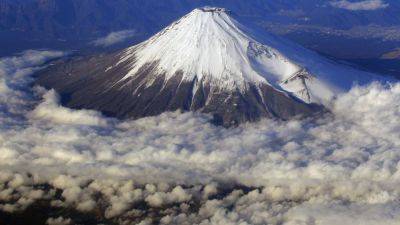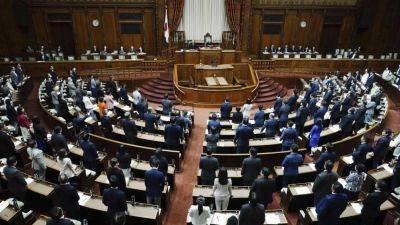Japan says a collision during a nighttime drill caused the deadly April crash of 2 navy helicopters
TOKYO (AP) — Japanese investigators have determined that a collision during a nighttime drill caused the deadly crash last month of two Japanese navy SH-60K Seahawk helicopters, the country’s defense minister said Thursday.
That is according to preliminary flight data analysis, said Defense Minister Minoru Kihara, adding that what exactly led to the collision is still being investigated.
Kihara ruled out mechanical failure of the SH-60K Seahawks from the Maritime Self Defense Force and announced that the exercises, which were halted following the crash, would resume on Friday.
The two SH-60K reconnaissance helicopters carrying a total of eight crew lost contact late on April 20 during nighttime training east of the island of Torishima in the Pacific Ocean, about 600 kilometers (370 miles) south of the capital, Tokyo.
One of the total of eight crew on the two helicopters was found in the waters and later pronounced dead, and the search for the seven missing, as well as the aircrafts’ fuselages, has continued since then.
The seabed at the crash site is about 5.5 kilometers (3.4 miles) deep and the recovery is considered a challenge. A navy oceanographic ship JS Syounan has been deployed since late April in the search.
Kihara said that a preliminary examination of the flight data recorders determined a collision caused the crash. The helicopters’ flight data showed a “rapid and huge impact” simultaneously at the same location, an evidence of the collision, he said.
There was no indication of any malfunction in the aircrafts’ mechanics.
The two helicopters were believed to have come too close during what was a drill on anti-submarine warfare, involving multiple helicopters hovering and lowering sonars into the water. Some







